BITS BLOG
What to Include in Your Vendor Risk Management Program
Because your vendors are part of your attack surface, whether you see it or not
Most businesses rely on third-party vendors to operate. From payroll platforms to marketing tools to cloud infrastructure, external services keep things running—but they also introduce new risks.
When a vendor is breached, your data, systems, or customers may be affected. And if you do not have a plan in place to manage that exposure, your organization takes on the consequences with none of the control.
This article outlines what a vendor risk management (VRM) program should include, how to make it scalable, and how BITS Cyber helps clients stay in control of third-party risk without adding unnecessary complexity.
Why Vendor Risk Is a Strategic Issue
It is easy to overlook third-party security when contracts are in place and systems are working. But vendor breaches are one of the fastest-growing causes of data loss and regulatory fines. The business impact is real:
- Unauthorized access to sensitive data
- Downtime or service disruption
- Compliance violations (HIPAA, PCI, CMMC, etc.)
- Cyber insurance exclusions due to unmanaged risk
- Reputational damage from publicized third-party breaches
You are responsible for the data you share, even if someone else loses it.
Core Components of a Vendor Risk Management Program
A good VRM program is not about micromanaging your vendors. It is about visibility, documentation, and accountability.
Here is what every program should include:
1. Vendor Inventory and Classification
Maintain a living list of all third-party providers. For each vendor, document:
- What systems or data they access
- Whether they are cloud-hosted or on-prem
- How critical they are to business operations
- Whether their services involve regulated data (PII, PHI, PCI, etc.)
Group vendors into tiers based on risk. This helps you scale oversight appropriately.
2. Access Mapping
Track where and how vendors access your environment. This includes:
- VPN or remote access credentials
- API integrations or webhook connections
- File shares, databases, or SaaS platforms
Access that is not tracked cannot be secured.
3. Security and Compliance Vetting
Before onboarding a vendor, gather documentation such as:
- SOC 2 or ISO 27001 reports
- Data handling and privacy policies
- Evidence of MFA, encryption, and access controls
- Breach notification timelines
For higher-risk vendors, consider requesting a completed security questionnaire or assessment.
4. Contractual Safeguards
Ensure vendor agreements include:
- Defined roles and responsibilities for data handling
- Required breach notification timelines
- Insurance minimums and liability clauses
- Compliance with relevant laws and frameworks (HIPAA, GDPR, etc.)
If your contracts are outdated or silent on security, you are accepting more risk than you may realize.
5. Ongoing Monitoring and Reviews
Vendor risk is not a one-time concern. Build a schedule for:
- Annual or biannual vendor reviews
- Re-certification of access credentials
- Review of updated SOC reports or compliance attestations
- Removal of unused or expired integrations
BITS Cyber offers ongoing vendor governance support for clients who want to reduce manual overhead while maintaining audit readiness.
Why This Matters for Compliance and Cyber Insurance
Most compliance frameworks (NIST, HIPAA, CMMC, PCI) require vendor oversight. So do cyber insurance underwriters. If you cannot prove that vendor risk is actively managed, you may:
- Fail audits or assessments
- Lose eligibility for preferred insurance rates
- Be denied claims due to unmanaged access or unverified security controls
Vendor risk management is not optional. It is an operational necessity.
How BITS Cyber Helps You Simplify and Scale VRM
We help clients build right-sized VRM programs using a model we call Trusted Data Partners (TDP). This includes:
- Creating vendor risk policies and procedures
- Mapping vendor access and assigning internal owners
- Reviewing high-risk vendors and streamlining documentation
- Supporting compliance and insurance requirements with verifiable records
Vendor relationships should support your business, not weaken it. We help you maintain control without slowing down.
Final Thought
Every vendor you rely on becomes part of your risk surface. Whether it is a file-sharing platform, a marketing agency, or a software provider, their security posture affects your own.
A scalable vendor risk management program protects your data, supports compliance, and gives you the clarity to grow without exposing your business to unnecessary risk.
